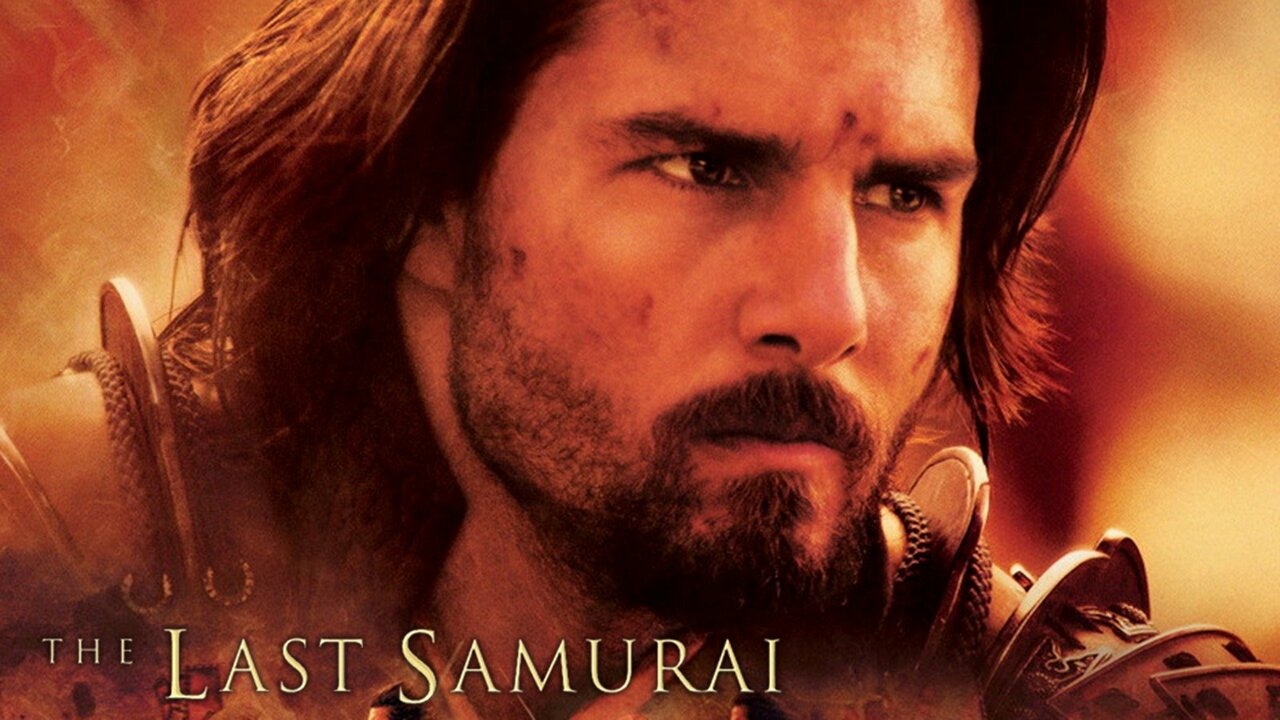The Last Samurai (2003)

“The Last Samurai,” directed by Edward Zwick and released in 2003, is a powerful historical war film that delves into themes of honor, cultural identity, and the clash between tradition and modernization. Set against the backdrop of Japan’s Meiji Restoration, a period of profound transformation in the late 19th century, the film provides a nuanced portrayal of a nation grappling with the pressures of Western influence while striving to preserve its rich cultural heritage.
The story follows Nathan Algren, played by Tom Cruise, a disillusioned former U.S. Army captain who is hired by the Japanese government to train its newly formed army in modern warfare. Algren, haunted by his experiences in the Indian Wars, is initially portrayed as a man deeply affected by the violence and moral complexities of war. His character embodies the struggle of a soldier seeking redemption and purpose in a rapidly changing world.
As Algren arrives in Japan, he finds himself immersed in a society that is at a crossroads. The Meiji Emperor, determined to modernize Japan and strengthen it against Western imperialism, initiates a series of reforms that inadvertently threaten traditional Japanese culture and values. This clash is epitomized in the character of Katsumoto, played by Ken Watanabe, a samurai leader who fiercely resists the encroaching Westernization. Katsumoto represents the last vestiges of a warrior code that emphasizes loyalty, honor, and the spiritual connection to one’s ancestors.
The film effectively captures the cultural dichotomy present in Japan during this tumultuous period. As Algren begins to understand the samurai way of life through his interactions with Katsumoto and his followers, he experiences a profound transformation. The samurai philosophy, steeped in honor and discipline, challenges Algren’s Western ideals and forces him to confront his own beliefs about duty and sacrifice. This cultural exchange becomes a central theme of the film, highlighting the importance of understanding and respecting different ways of life.
Visually, “The Last Samurai” is a stunning achievement. The cinematography showcases the breathtaking landscapes of Japan, from its lush mountains to serene rice fields, creating a vivid backdrop for the narrative. The attention to detail in costume and set design authentically captures the era, immersing viewers in a world where tradition and modernity coexist in tension. The climactic battle scenes, filled with intense choreography and strategic maneuvers, are both visually impressive and emotionally resonant, underscoring the stakes involved in the samurai’s fight for their way of life.
The film’s score, composed by Hans Zimmer, enhances the emotional depth of the narrative. The music beautifully intertwines traditional Japanese sounds with orchestral elements, reflecting the film’s themes of cultural fusion and conflict. It underscores key moments of introspection and action, drawing viewers into the emotional journey of the characters.

One of the most compelling aspects of “The Last Samurai” is its exploration of honor and sacrifice. As Algren becomes more entrenched in the samurai culture, he begins to see the beauty in their way of life, ultimately forging a deep bond with Katsumoto and the other warriors. This connection culminates in a poignant understanding of what it means to fight for one’s beliefs and values, regardless of the consequences. The film poses critical questions about loyalty, identity, and the cost of change, inviting viewers to reflect on their own beliefs and values in the face of modernity.

However, “The Last Samurai” is not without its criticisms. Some viewers have pointed out that the film’s narrative is framed through a Western perspective, with Algren serving as the lens through which the story is told. This has led to discussions about the portrayal of Japanese culture and the potential for cultural appropriation. While the film certainly highlights the beauty and complexity of the samurai tradition, it raises important questions about representation and the need for authentic voices in storytelling.
Despite these critiques, “The Last Samurai” stands out as a significant film that addresses the complexities of cultural exchange and the impact of modernization. It encourages a dialogue about the value of tradition in a rapidly changing world and the importance of understanding and respecting different cultures. Through Algren’s journey, the film emphasizes the idea that redemption and growth often come from embracing the unfamiliar and learning from those whose experiences differ from our own.

In conclusion, “The Last Samurai” is a richly layered film that explores the intersection of tradition and change during a pivotal moment in Japanese history. Directed by Edward Zwick and featuring powerful performances from Tom Cruise and Ken Watanabe, the film offers a compelling narrative that resonates with contemporary audiences. Through its exploration of honor, sacrifice, and cultural identity, “The Last Samurai” serves as a reminder of the importance of understanding and respecting the complexities of different cultures in an increasingly interconnected world. As viewers reflect on the film’s themes, they are invited to consider their own values and the legacies they wish to uphold in the face of change, making “The Last Samurai” a timeless cinematic experience.
Suggested videos for you:
Suggested videos for you:
Suggested videos for you:











